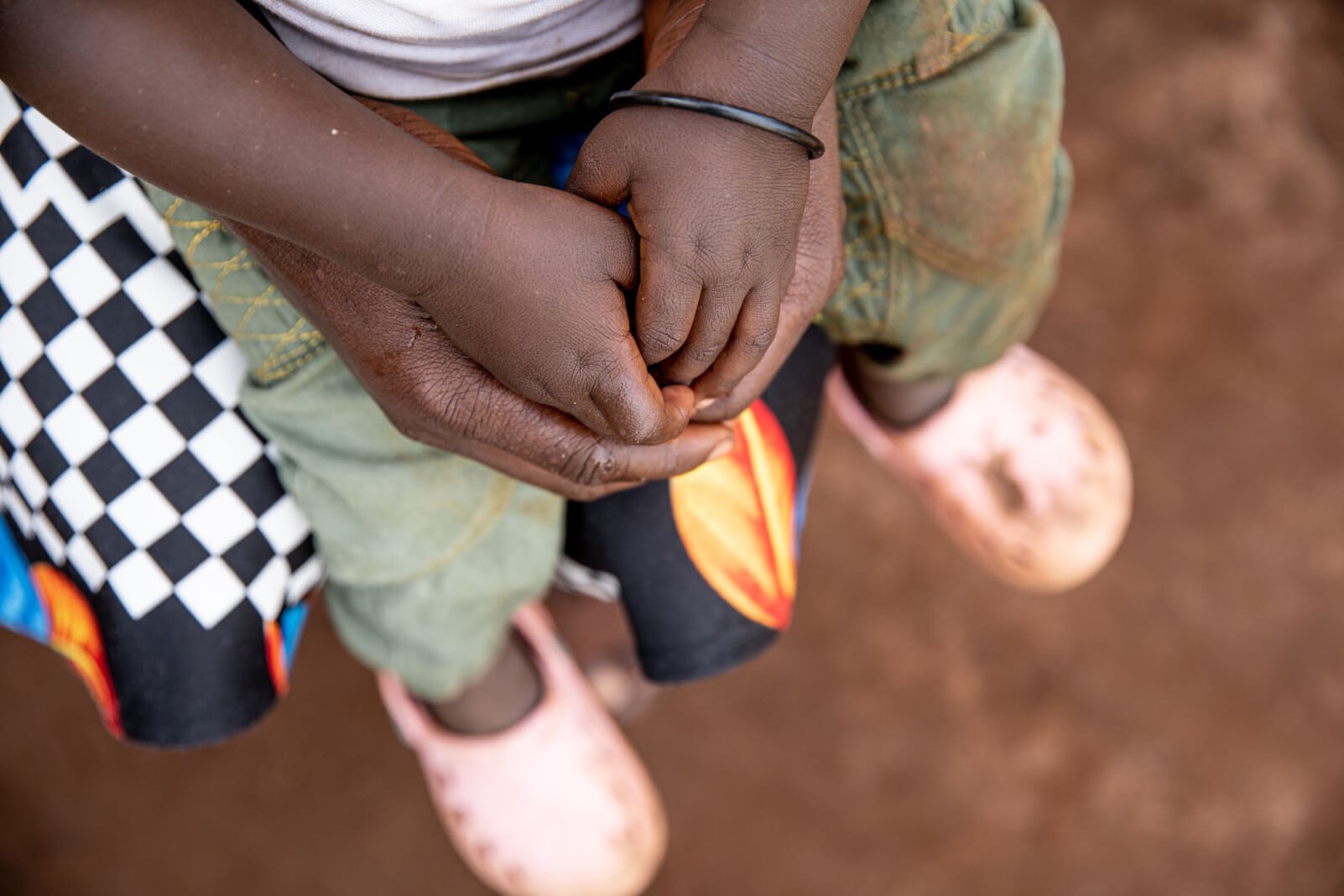Slightly more than half of children under 15 years of age living with HIV are on antiretroviral medications
Fast fact:
- Of the 1.54 million [1.20 million-2.11 million] children aged 0-14 living with HIV globally, only 57 [44-78] per cent were receiving life-saving antiretroviral therapy (ART) in 2022.
Globally, children under age 15 account for about 4 per cent of all people living with HIV, 10 per cent of new HIV infections and 13 per cent of all AIDS-related deaths. Children under 1 year of age are among those most vulnerable to HIV. Evidence shows that early initiation of antiretroviral drugs in infants with HIV can save lives; yet, coverage of critical intervention among children remains too low. Due to the slow progress reported in scaling up access to treatment for children living with HIV, the 90-90-90 treatment targets, which called for 90 per cent of those living with HIV to know their status, 90 per cent of those who know their status to be on treatment, and 90 per cent of those on treatment to be virally suppressed and sustained, were not met. However, there has been a renewed focus to meet 95-95-95 targets by 2025 including the launch of the Global Alliance to End AIDS in children.
Renewed focus has been called to strategically target more decentralized diagnostics and clinical management for children exposed and living with HIV, as well as integration with maternal, child and adolescent services at facilities and within communities. The 2025 targets underscore the need to remove societal and legal barriers to service delivery, as well as recognize that the HIV response is essential in the wider effort to realize the right to health and other human rights and other goals within the 2030 Agenda for Sustainable Development.
HIV burden in children
Fast fact:
- Of the estimated 1.54 million [1.20 million-2.11 million] children under 15 years of age living with HIV, 87 per cent live in sub-Saharan Africa.
In 2022, 68 [57-88] per cent of the estimated infants exposed to HIV were tested for HIV within two months of birth globally. International guidelines advise that immediate antiretroviral therapy is crucial if HIV infection is detected in any child under the age of 5 years. In reality, most children entering treatment programmes are older, with only 20 per cent of all children under 15 years of age on antiretroviral therapy being under the age of 5 years in 2022.
An estimated 1.54 million [1.20 million-2.11 million] children under age 15 were living with HIV in 2022. In 2022, 130,000 [90,000-210,000] children were newly infected with HIV, mainly through transmission of the virus from their mothers during pregnancy, delivery or while breastfeeding.
In 2022, an estimated 84,000 [56,000-120,000] children under age 15 died of AIDS-related causes globally. The vast majority of these deaths were preventable, either through antibiotic treatment of opportunistic infections and/or through antiretroviral treatment.
There has been some progress in antiretroviral coverage for children living with HIV
Fast facts:
- In 2022, about 880,000 children under age 15 were receiving antiretroviral therapy (ART) globally, up from about 430,000 in 2010. However, it is worth noting that the number of children under age 15 accessing ART declined by 30,000 between 2020 and 2022.
- This means that just over half of children under the age of 15 living with HIV are receiving ART 57 [44-78] per cent).
In 2022, coverage of eligible children under age 15 receiving ART varied widely, ranging from under 7 per cent in some countries to over 95 per cent in others. Regionally, coverage of ART for children ranged from 37 [29-45] per cent in West and Central Africa to 63 [49-92] per cent in South Asia. Coverage data for Eastern Europe and Central Asia, North America and Western Europe are not available.
Despite some progress in antiretroviral therapy coverage for children living with HIV, there are alarming proportions of children who do not know their HIV status and are therefore being left behind in the response. Globally, 37 per cent of children living with HIV do not know their status, with the lowest proportion of knowledge of status being 37 per cent in West and Central Africa and the highest being 55 per cent in Middle East and North Africa.
Even among those children who know their HIV status, concerning proportions of children are either those not on ART or on ART and not virally suppressed. Concerted efforts are needed to ensure that these children are not being left behind and being linked to care.
Early diagnosis and timely initiation on treatment are particularly critical in the case of infants. The ‘Children with HIV Early Antiretroviral Therapy’ study from South Africa demonstrated a 76 per cent reduction in mortality when treatment is initiated in the first 12 weeks of life among infants who test positive for HIV.
Countries have made some progress in expanding access to early infant HIV-testing services, but testing rates are still low. WHO’s revised treatment guidelines recommend that infants, if HIV-exposed, should be tested by 4 to 6 weeks and 9 months of age using virologic assay, and when the child stops breastfeeding with a rapid antibody test. Those found positive should be started on antiretroviral therapy immediately upon diagnosis. With progress in expanding access to early infant HIV-testing services and antiretroviral treatment for children, we are seeing these children surviving and aging out of childhood into adolescence. In 2022, nearly 140,000 children aged out at age 15 globally. More than 65 per cent of these children aging out at age 15 are found in high burden regions of Eastern and Southern Africa, followed by about 20 per cent in West and Central Africa. However, the gains that were made in the early 2000s have begun to plateau in recent years.
HIV/AIDS data
Build and download your own customisable dataset
Resources
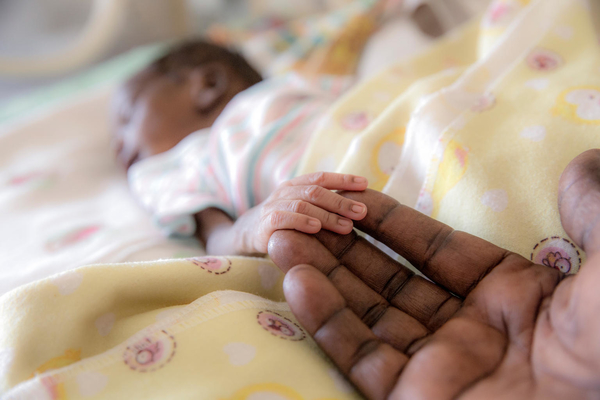
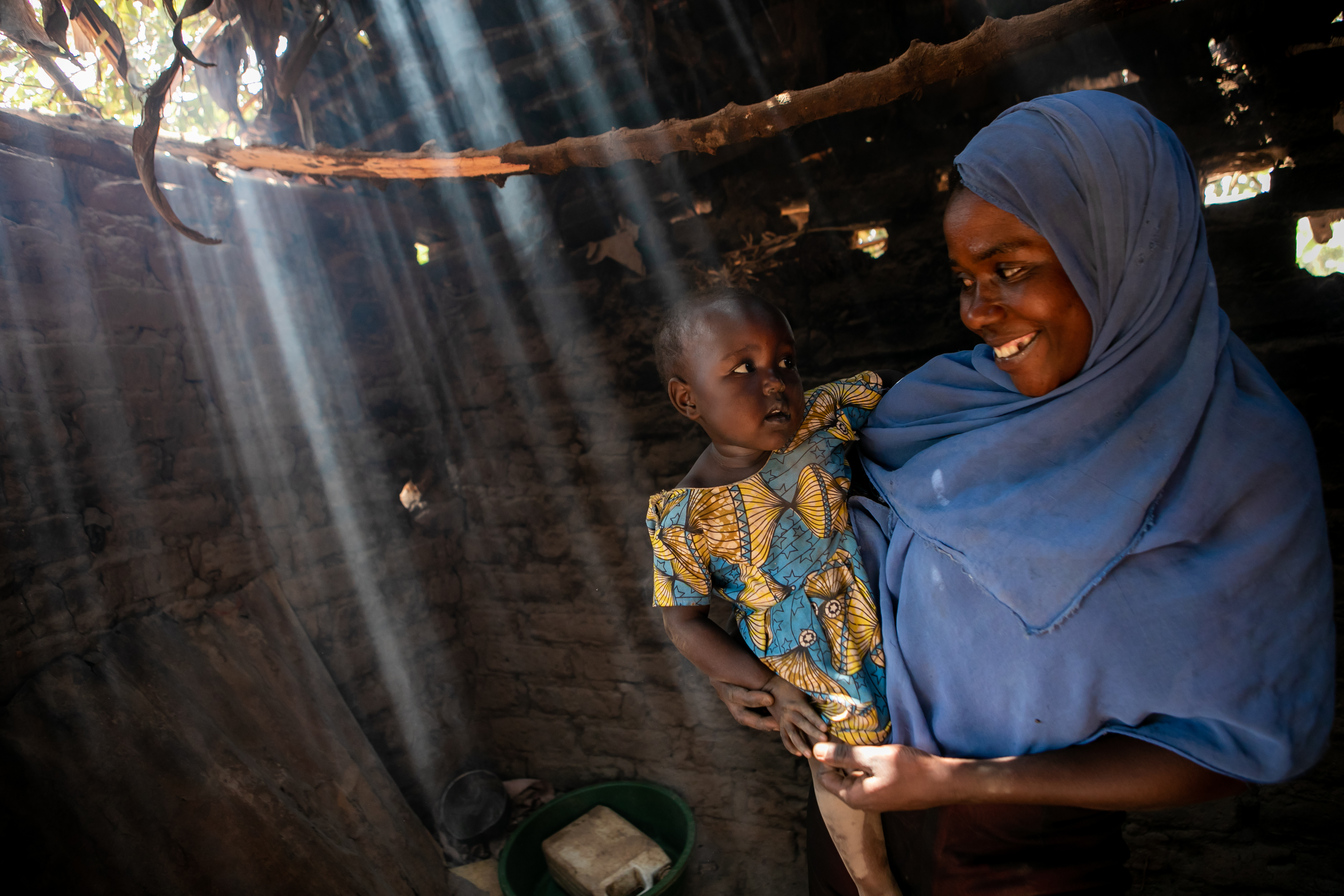
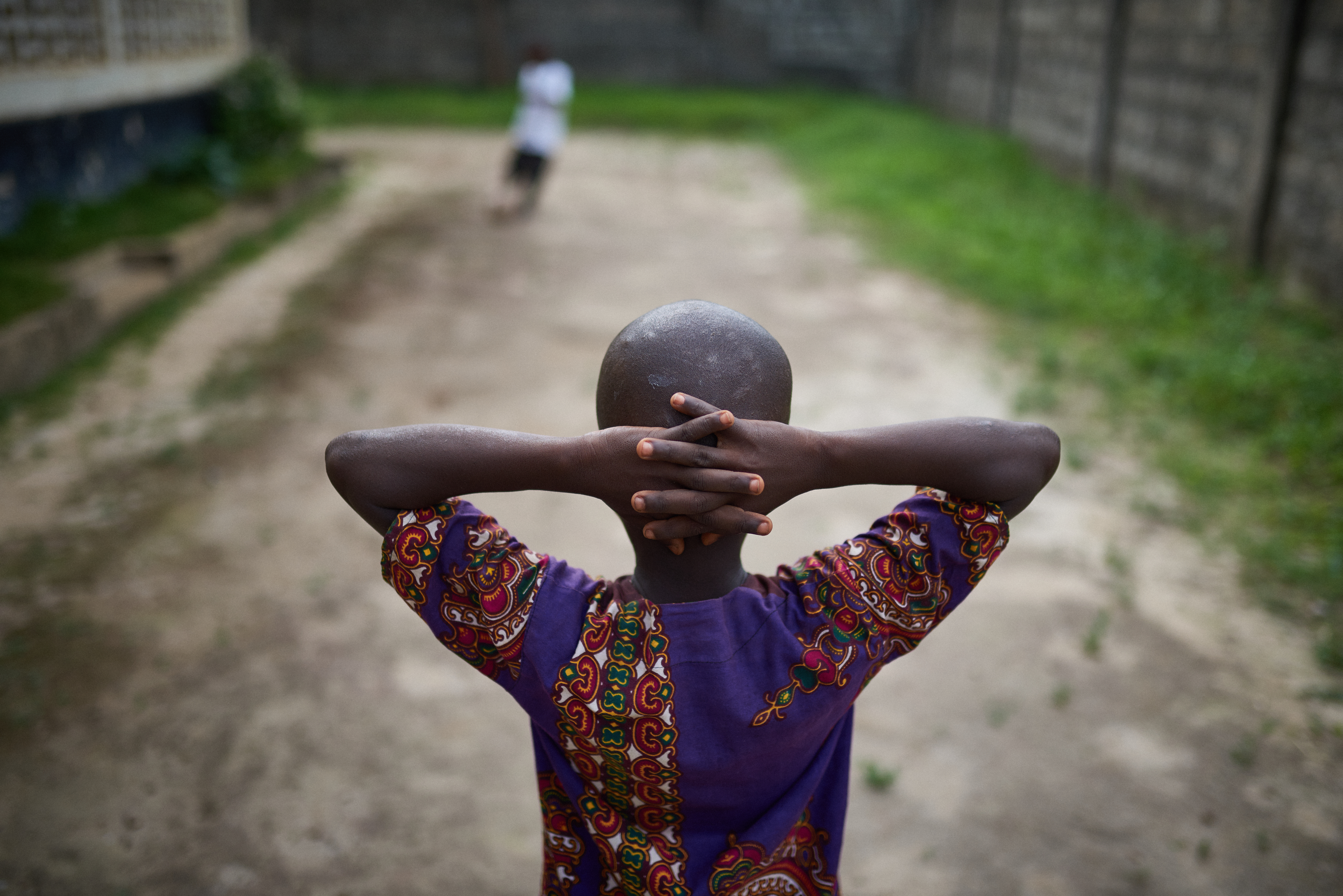
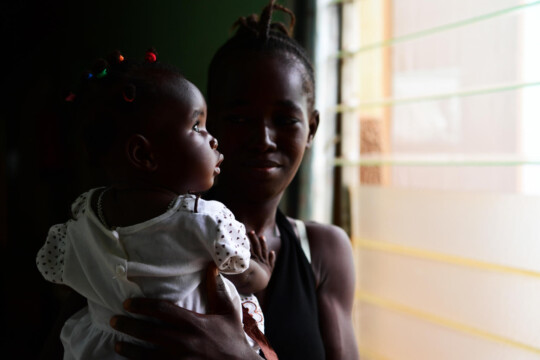
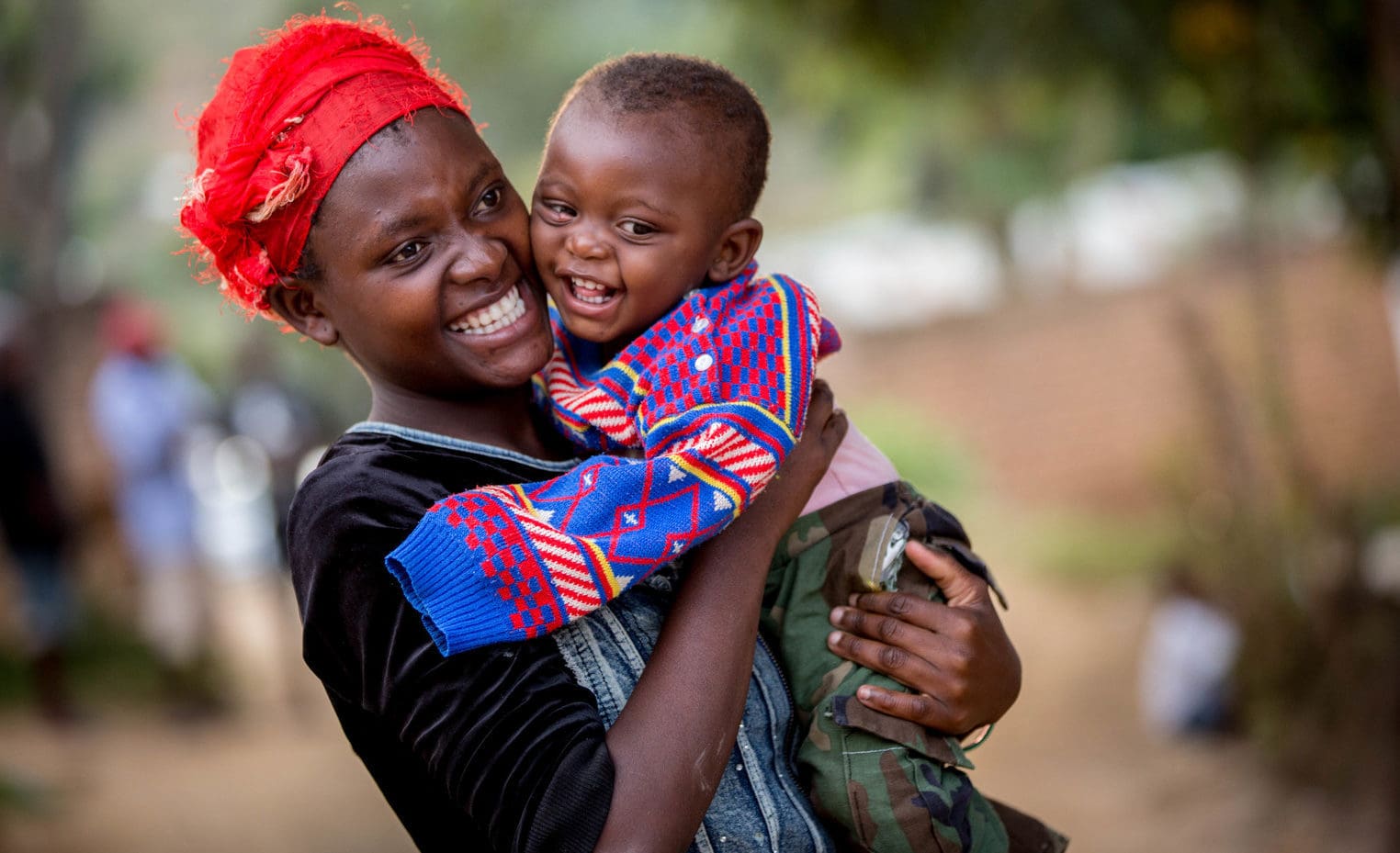
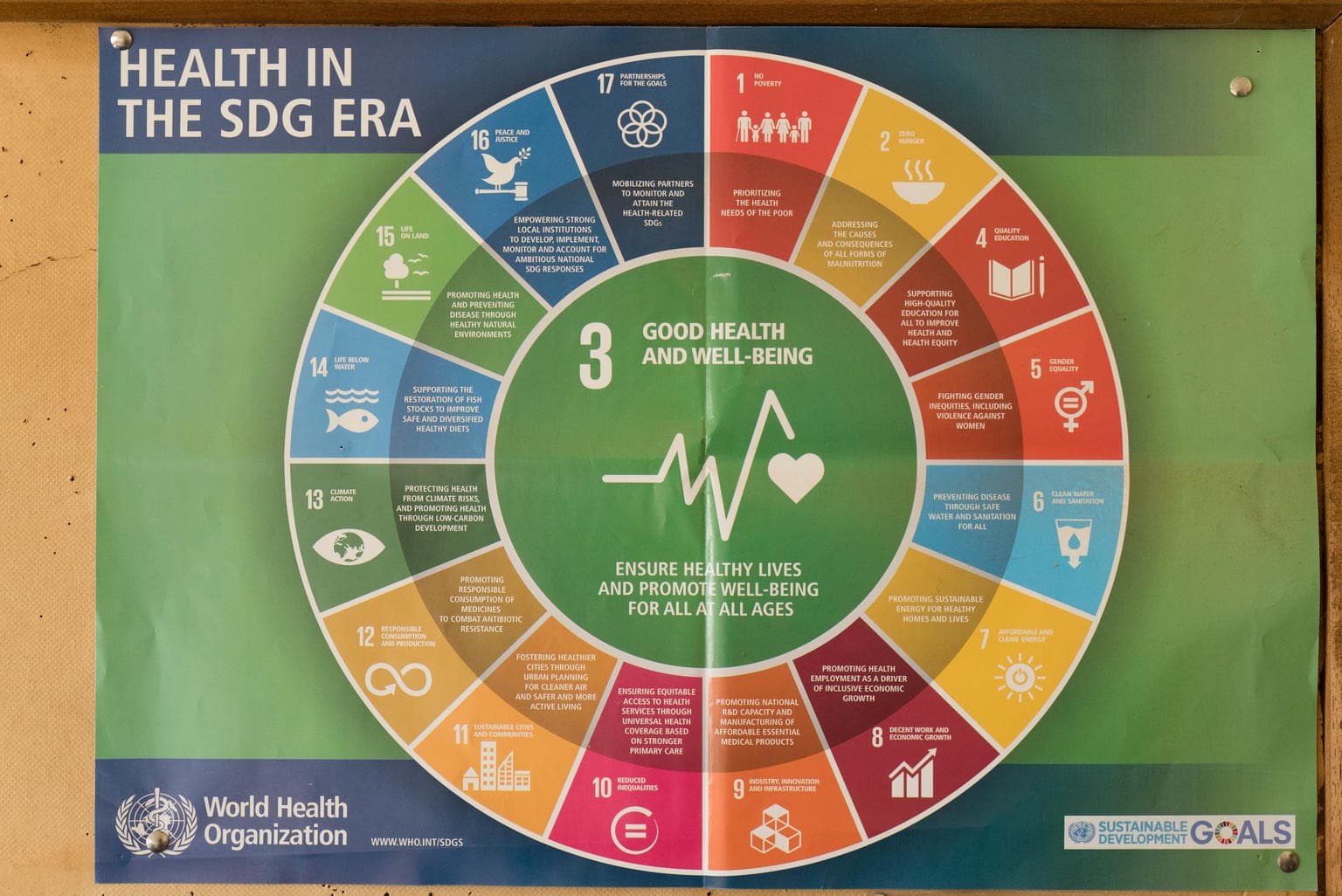
Data sources + methodology
Global AIDS monitoring 2023
In order to monitor the HIV response and progress towards achieving global goals, countries submit national and subnational data on a host of indicators to the Global AIDS Monitoring (GAM) system. Annual submissions are reviewed and validated. Data consist of programmatic data for HIV prevention, testing and treatment. Other indicators require data from population-based surveys and surveys focused on key populations at risk of HIV infection.
For more information, click here.
UNAIDS Estimates and Spectrum’s AIDS Impact Model
Each year countries update their AIDS Impact Model in Avenir Health’s Spectrum software to develop the latest estimates for the HIV epidemic. Supported by UNAIDS, WHO and UNICEF these estimates are used to inform programme and policy decisions for HIV epidemic response.
Useful links:
Methods for HIV modelling are developed by the UNAIDS Reference Group on Estimates, Modelling and Projections.
All available data on HIV estimates are available at aidsinfo.unaids.org.
Nationally representative surveys
Multiple Indicator Cluster Surveys (MICS), Demographic and Health Surveys (DHS), AIDS Indicator Surveys (AIS), Population-based HIV Impact Assessments (PHIA) reproductive health surveys, sexual behaviour surveys and other nationally representative surveys are currently used to collect data on HIV and AIDS.
